Bleach Alternative For Cleaning Bathrooms

Table of Contents
Ditch the Bleach: Safe and Effective Bathroom Cleaning Alternatives
Are you tired of the harsh fumes and potential health risks associated with bleach? Many people are seeking safer, more environmentally friendly alternatives for cleaning their bathrooms. This comprehensive guide explores effective bleach alternatives, highlighting their pros and cons to help you choose the best option for your needs. We'll delve into various natural cleaning solutions and discuss how to effectively clean your bathroom without compromising hygiene.
Why Choose Bleach Alternatives?
Bleach, while a powerful disinfectant, comes with several drawbacks:
- Harsh Chemicals: Bleach is a corrosive chemical that can irritate skin, eyes, and lungs. Prolonged exposure can even lead to more serious health problems.
- Environmental Impact: Bleach production and disposal contribute to environmental pollution.
- Ineffective Against Certain Germs: While effective against some bacteria and viruses, bleach isn't effective against all types of germs and doesn't eliminate mold spores.
- Fading and Damage: Bleach can damage certain surfaces, fading colors and weakening materials over time.
Top Bleach Alternatives for Bathroom Cleaning
Several effective and safer alternatives to bleach exist for tackling bathroom grime:
1. White Vinegar: A Multi-Purpose Cleaning Powerhouse
Pros: White vinegar is readily available, inexpensive, and a potent natural disinfectant. It's effective against many bacteria and fungi, cuts through soap scum, and deodorizes effectively.
Cons: The smell can be strong for some, and it might not be suitable for all surfaces (check manufacturer recommendations).
How to use: Dilute white vinegar with water (equal parts or a stronger solution for stubborn stains) and spray onto surfaces. Let it sit for a few minutes before wiping clean. For tougher grime, let it soak longer.
2. Baking Soda: A Gentle Scrubbing Agent
Pros: Baking soda is a mild abrasive that gently scrubs away stains and buildup. It's also a natural deodorizer, neutralizing unpleasant odors.
Cons: Not as effective as a disinfectant on its own; best used in conjunction with other cleaning agents.
How to use: Make a paste with baking soda and water to scrub away stubborn stains. You can also sprinkle baking soda on wet surfaces before scrubbing.
3. Hydrogen Peroxide: A Natural Disinfectant
Pros: Hydrogen peroxide is a powerful disinfectant that effectively kills bacteria, viruses, and mold. It's relatively safe and environmentally friendly.
Cons: Can bleach certain fabrics, so avoid using it on colored grout or clothing. It may also slightly discolor some surfaces.
How to use: Spray a 3% hydrogen peroxide solution onto surfaces, let it sit for a few minutes, and then wipe clean.
4. Tea Tree Oil: A Powerful Natural Antiseptic
Pros: Tea tree oil possesses strong antiseptic and antifungal properties, making it ideal for combating mold and mildew. Its pleasant aroma is another bonus.
Cons: Can be irritating to some skin types; always dilute it with water before using. It's not as effective as a general cleaner; it's best used to target specific mold or mildew problems.
How to use: Dilute a few drops of tea tree oil in water and spray onto affected areas. Let it sit for a few minutes and then wipe clean.
5. Commercial Eco-Friendly Cleaners
Pros: Many companies now offer effective, eco-friendly bathroom cleaners that are free of harsh chemicals and bleach.
Cons: Can be more expensive than DIY solutions. Always check the ingredients to ensure they align with your cleaning preferences.
Cleaning Your Bathroom with Bleach Alternatives: A Step-by-Step Guide
-
Preparation: Gather your chosen cleaning solutions, microfiber cloths, sponges, and any other necessary tools. Always wear gloves to protect your hands.
-
Pre-Cleaning: Remove any loose debris, hair, or dust from surfaces.
-
Cleaning: Apply your chosen cleaning solution to surfaces, allowing it to dwell for the recommended time.
-
Scrubbing: Use a sponge or brush to scrub away any stubborn stains or grime.
-
Rinsing: Thoroughly rinse all surfaces with clean water.
-
Drying: Wipe down surfaces with a clean, dry cloth to prevent water spots.
Optimizing Your Bathroom Cleaning Routine for Hygiene
Remember that regular cleaning is key to maintaining a hygienic bathroom. Develop a consistent cleaning schedule to prevent the buildup of dirt, grime, and mold. Addressing smaller messes promptly prevents them from becoming bigger problems.
Conclusion: Embracing a Greener, Healthier Bathroom
Switching to bleach alternatives allows you to create a healthier and more environmentally friendly bathroom cleaning routine. By choosing the right combinations of natural cleaning agents and implementing a regular cleaning schedule, you can maintain a sparkling clean and hygienic bathroom without the harsh chemicals of bleach. Remember to always test any cleaning solution on a small, inconspicuous area first to ensure it doesn't damage the surface.

Thank you for visiting our website wich cover about Bleach Alternative For Cleaning Bathrooms. We hope the information provided has been useful to you. Feel free to contact us if you have any questions or need further assistance. See you next time and dont miss to bookmark.
Featured Posts
-
11 Piece Dining Room Table Sets
Dec 11, 2024
-
Every Secret Level Episode Guide
Dec 11, 2024
-
Sabrina Carpenter At Bst Hyde Park
Dec 11, 2024
-
32 Inch Wood Bathroom Vanity
Dec 11, 2024
-
Meaning Of Dragon Claws On Chinesse Furniture
Dec 11, 2024